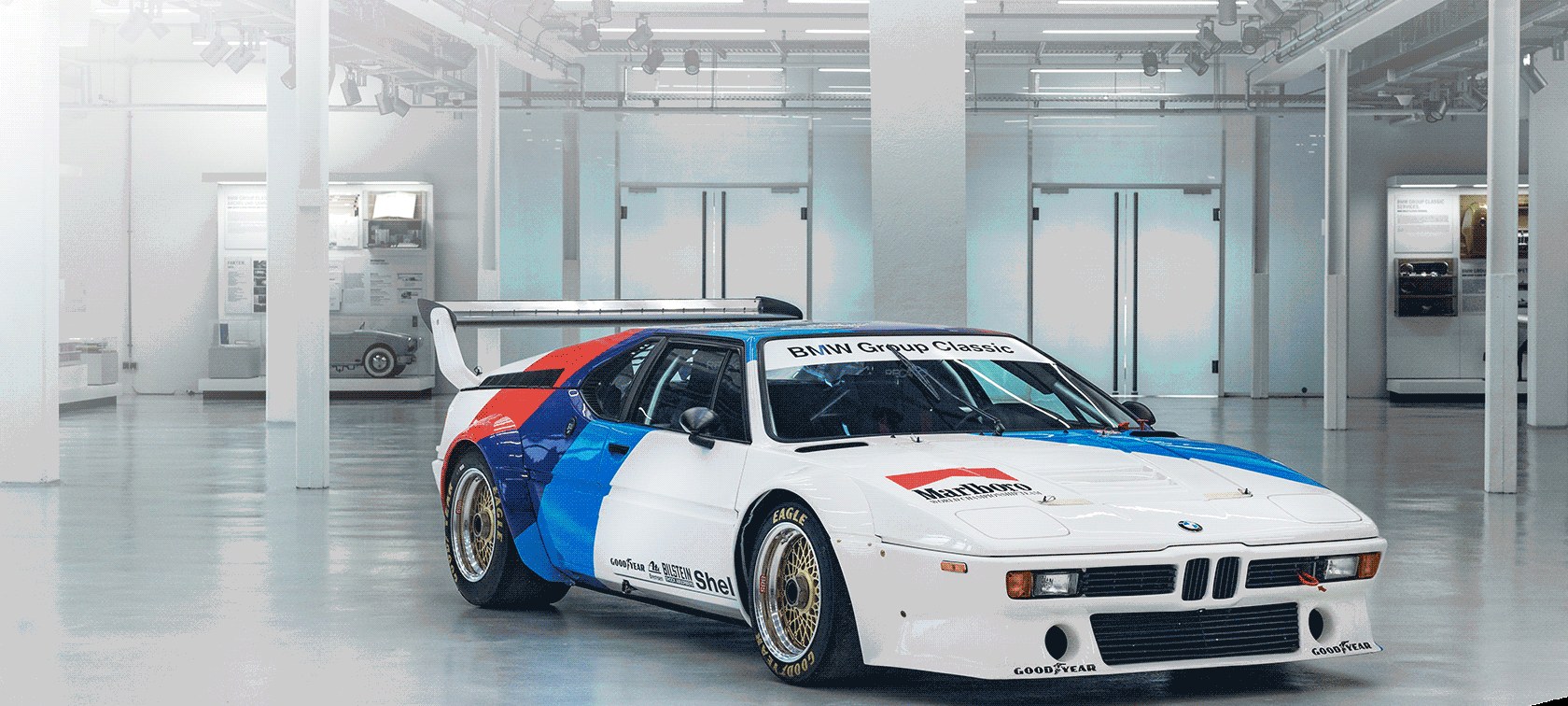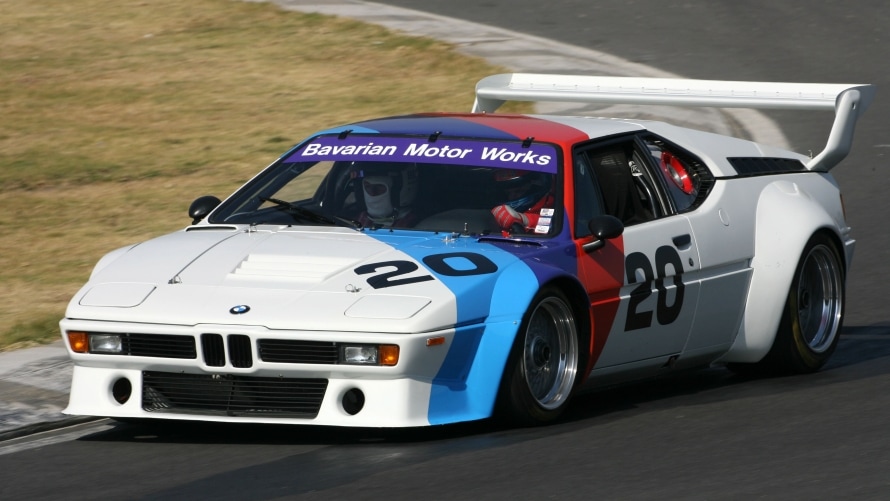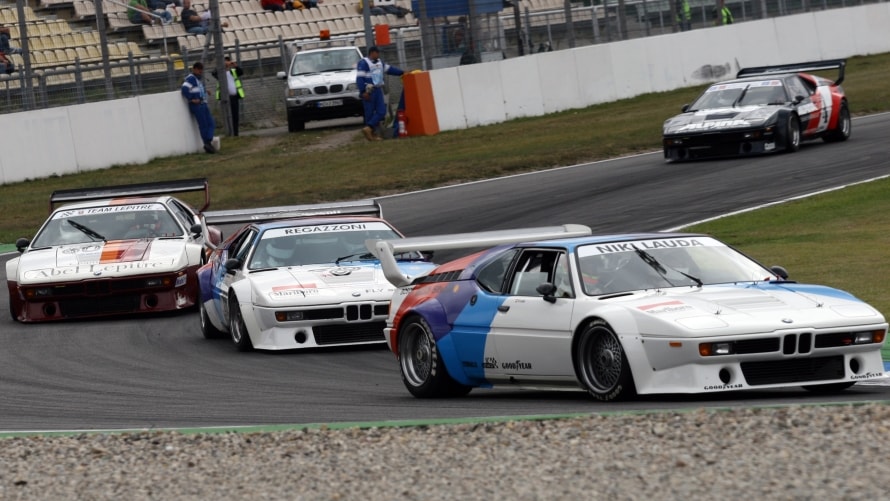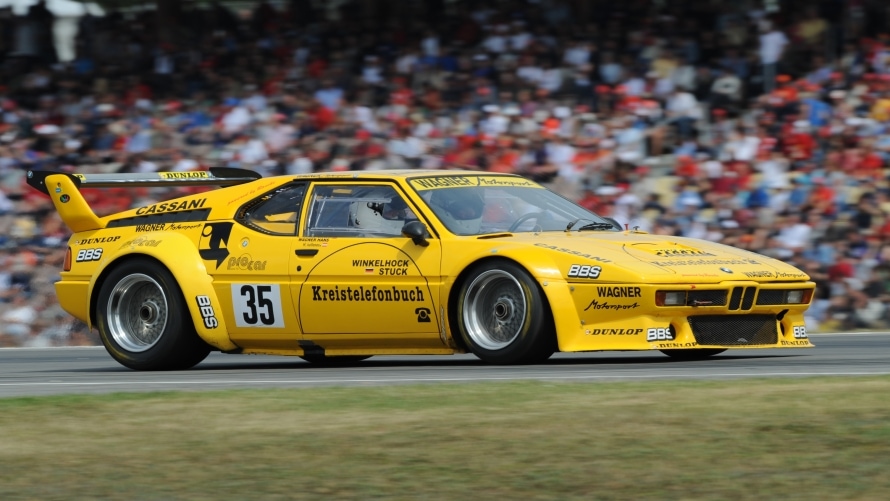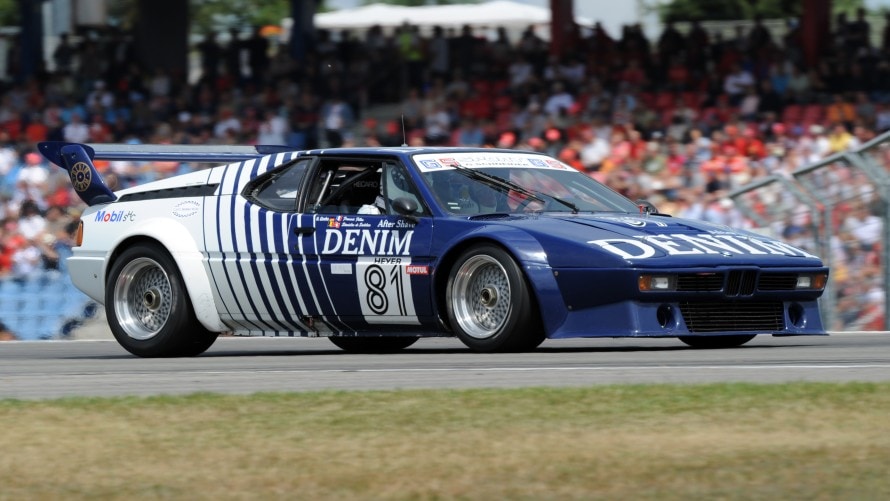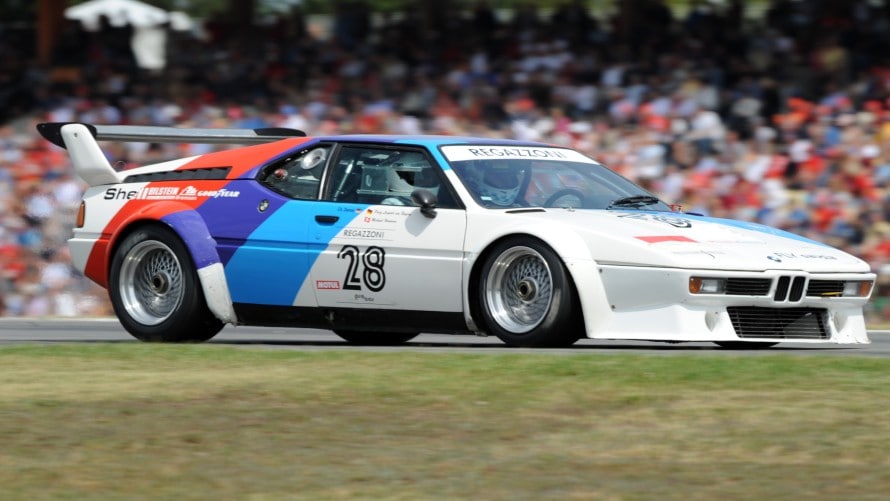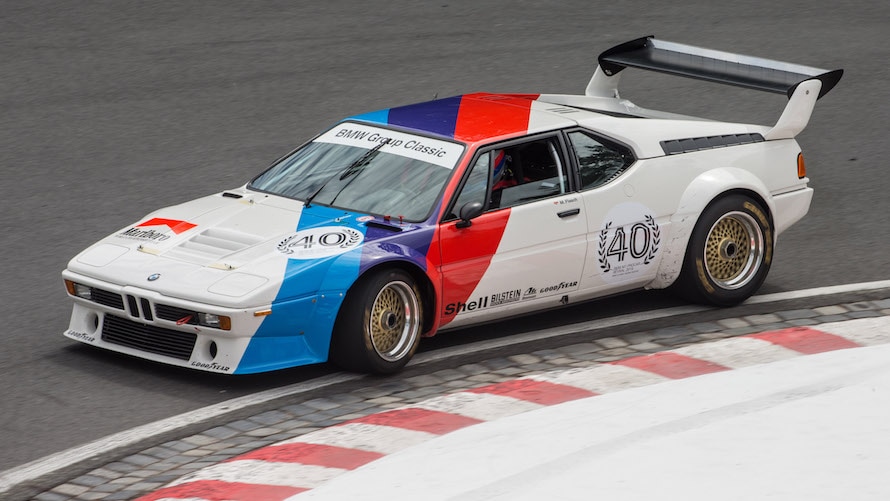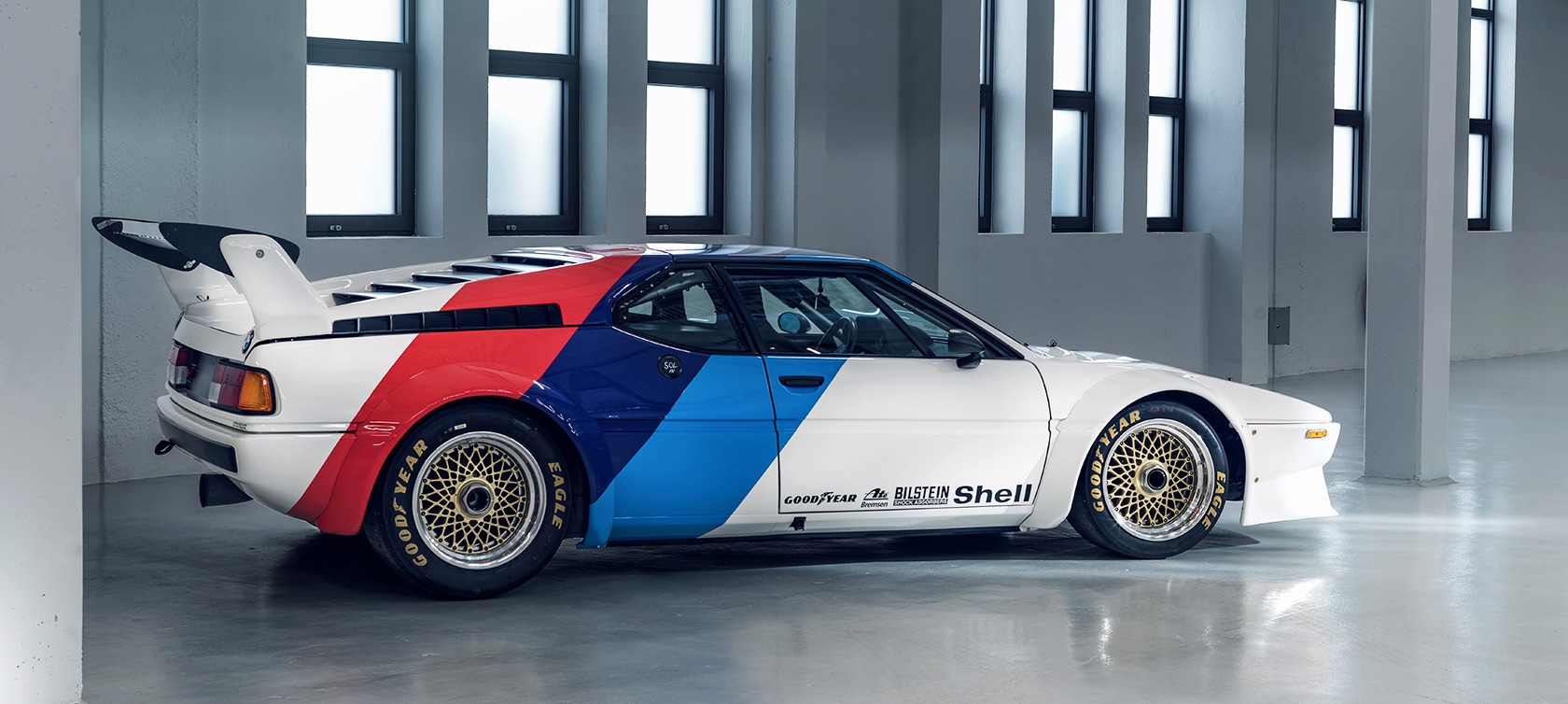The BMW M1 Procar remains a central component of the history of BMW M. Boasting a powerful six-cylinder in-line engine and a striking striking wedge shape created by renowned vehicle designer Giorgio Giugiaro, the M1 instantly became a major player in the automotive world when it debuted as a road-legal racing car in 1978. When a race series was created specifically for the model, however, its legendary status was guaranteed. One thing is certain: 40 years after it first took to the racetrack, the BMW M1 Procar continues to impress with its sophisticated technology, unique design and exceptional performance.

In 1979 and 1980, the BMW Procar Series was one of the most spectacular racing series in the motorsport world. As part of most European Formula 1 races, the five fastest F1 drivers from the practice sessions of the respective Grand Prix took part and raced identical BMW M1 cars against private drivers, well-known racers and up-and-coming talents. A competition of this magnitude would be inconceivable today, and it was hugely successful with the public. Proof of just how big a stage it provided for motorsport superstars, the overall winner of the first Procar season was Niki Lauda. The following year, Nelson Piquet secured first place in the standings with three wins in a row.
PROCAR SERIES AS THE BIG STAGE.
After the completion of the BMW Procar Series in the autumn of 1980, various BMW M1 racing versions competed in Le Mans and various national championships (including the German Automobile Racing Championship and the American IMSA GTO Championship) between 1979 and 1986.
ENHANCED PERFORMANCE FOR THE RACE TRACK.

ENHANCED PERFORMANCE FOR THE RACE TRACK.
Externally, the Procar version of the M1 differed from the road model thanks to its large rear spoiler, clearly flared mudguards and modified front apron. The engine was based on the production version, but with even more power – 470 hp. The M1 Procar could hit speeds of up to 310 km/h. Later, when the BMW M1 was built and further developed in accordance with Group 5 regulations, the in-line six-cylinder petrol engine was turbocharged, offering dizzying outputs of between 850 to nearly 1,000 hp.



COMEBACK AT THE NORISRING.
The BMW M1 Procar Revival 2019. On July 5-7, BMW M1 Procar fans attended a very special event at the Norisring as part of the DTM weekend. 40 years after its racetrack debut, the BMW Group Classic brought 14 models of the legendary Procar Series BMW M1 back to the starting grid. With the Procar Revival taking place on Nuremberg's exciting street circuit, the BMW Group Classic was also able to inspire many renowned drivers to make their return to the cockpit of the BMW M1. These included motorsport legends like Germany's Hans-Joachim Stuck, the Netherlands' Jan Lammers and Switzerland's Marc Surer – a trio who had been firm crowd favourites at the original Procar Series four decades ago.

